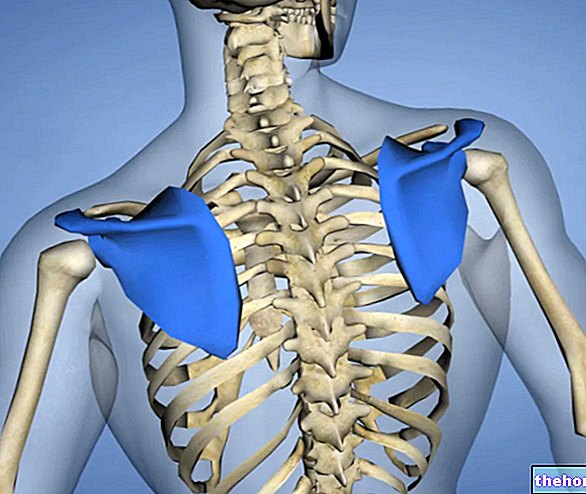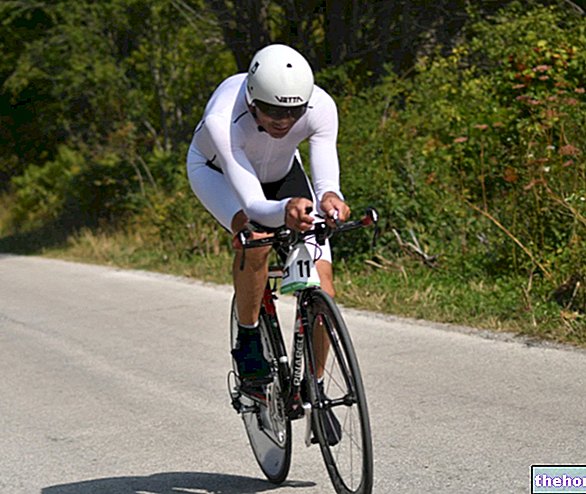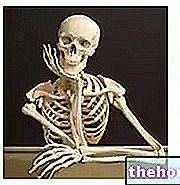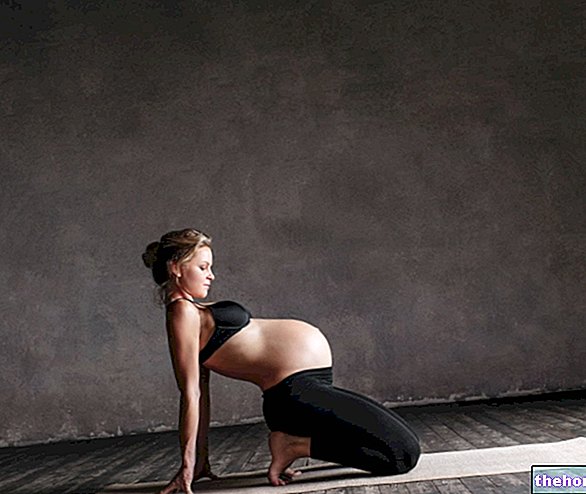Edited by Dr. Luigi Ferritto
«Introduction, material and methods, results
Discussion
Our study shows that the diastolic diameter of the left ventricle, the thickness of the interventricular septum and the posterior wall of the left ventricle, in the "endurance athlete, are
increased.

This remodeling, in the endurance athlete, is explained by the need to maintain high, for a long period of time, the cardiac output (which during the effort exceeds 30 l / min) and the systolic blood pressure (which during the effort exceeds the 200 mmHg) and, to meet this need, the physiological response of the organism is the increase in the volume and mass of the heart.
The contractility of the left ventricle was normal in athletes, despite the greater ventricular mass, but, as demonstrated in some studies, the left ventricular dynamics during exercise is different in the group of athletes than in sedentary ones. At rest, in fact , the two groups, presented the same principles of adaptation to exercise, while, at the peak of the effort, the heart in athletes was able, through a more rapid ventricular relaxation with consequent reduction of the filling time, to increase the systolic volume. Precisely the parameters of a better diastolic function are associated, in the athlete, with an increase in ventricular size and performance: it is not uncommon that during exercise the speed of the transmitral flow exceeds the transvalvular aortic one.
The ventricle in the athlete expresses a high coefficient of distensibility in the protodiastolic phase in which the ventricular filling itself seems to be almost entirely complete. All studies on diastolic function in the physiologically hypertrophic heart have shown maximum speeds of increase in the size of the left ventricle and of thinning. parietal normal or above normal. The improvement in diastolic function parameters is associated with an increase in ventricular size and performance. The isovolumetric relaxation is prolonged in the pathological forms of "hypertrophy, while it is always in the" normal range "in physiological hypertrophy.
The prevalence of mitral, tricuspid and pulmonary valve regurgitation is higher in the athlete group than in the sedentary group: this seems associated with an increase in heart cavities, greater in endurance athletes than in power sports, and with a consequent enlargement of the valvular annulus, always in a limited way, however, compared to what happens in dilated cardiomyopathy. Using Color-Doppler mapping, Douglas PS et al. observed that in 45 highly trained athletes, 69% had "mitral insufficiency, 76%" tricuspid insufficiency and 73% "pulmonary valve insufficiency. In less trained subjects, the finding of" valvular insufficiency it was less frequent, although 27% had "mitral insufficiency and 15%" tricuspid regurgitation.
Ultimately, the finding of minimal Doppler regurgitation in athletes, but also in normal subjects, in the absence of valve morphological alterations and clinical elements, are very common and should not be a source of alarm, because they are due to a volumetric increase. , "physiological", of the cardiac cavities secondary to training.
Conclusions
The heart, being a muscle, undergoes variations as a functional response to the stresses of training. Thanks to the mechanisms of protein anabolism, following constant training there is a prevalence of anabolism over catabolism, with a consequent increase in the fundamental structures of the heart, the myofibrils, therefore, regardless of age and sex, training induces an enlargement of the cardiac dimensions and an increase in cardiac mass.
Our study has highlighted that the difference, between the group of athletes and that of sedentary people, reaches up to 25%, as regards cardiac mass, with a consequent improvement in aerobic performance.
Dr. Luigi Ferritto
Department of General Medicine
Sport Physiopathology Outpatient Clinic
Clinic "Athena" Villa dei Pini
Piedimonte Matese (CE)
e-mail: [email protected] [email protected]

Bibliography:
- Ferritto L, De Risi L.: "The Heart of an Athlete, beyond the limits of nature ..." taken from www.ambrosiafitness.it sports medicine section-scientific articles, cardiology.
- Bevegard B., Shephard J .; "Regulation of the circulation during exercise in man".
- Venerando A .: "Cardiocirculatory adjustments in" physical exercise "in" Cardiology of sport "Venerado A., Zeppilli P.
- Colon G.D., Sanders G.P.; "Left ventricular structure and function in elite athletes with physiologic cardiac hypertrophy" JAACC6.
- Pelliccia A, Maron BJ, Spataro A, Proschan MA, Spirito P .: "The upper limit of physiologic cardiac hypertrophy in highly trained elite athletes". New Engl J Med 1991, 324: 295-301
- Pelliccia A, Di Paolo F, Maron BJ: "Physiologic Left Ventricular Cavity Dilatation in Elite Athletes" Ann.Intern Med 1999.
- S. Iliceto, J.R.T.C. Roelandt, G.R. Sutherland, D.T. Linker in "Cardiac Ultrasound" chap. 89 Echocardiography in the study of the "athlete's heart" L.M. Shapiro.
- Spirito P., Maron B.J., et al .; "Non invasive assessment of left ventricular diastolic function: comparative analysis of pulsed Doppler ultrasound and digitized M-Mode echocardiography".
- Spirito P., Vecchio C.:"Role of "Doppler echocardiography in the evaluation of ventricular diastolic function".
- Sciomer S., et al .: "Left ventricular diastolic function and myocardial Hypertrophy in athletes".
- P.S. Douglas, Reichek N. in "Prevalence of multivalvular regurgitation in athletes,.
- Choong CY, Abascal WM, Weyman AE .: "Prevalence of valvular regurgitation by Doppler echocardiography in patients with structurally normal hearts by two-dimensional echocardiography".
- K. Wrzosek, M., W. Brasator, M. Dluzniewski: "Echocardiographic evalutation of valve function in athlete" s hearts- 24-months of follow-up ",. Images taken from "Atlas of echocardiography" and from "Athena" Sports Cardiology Clinic.




























